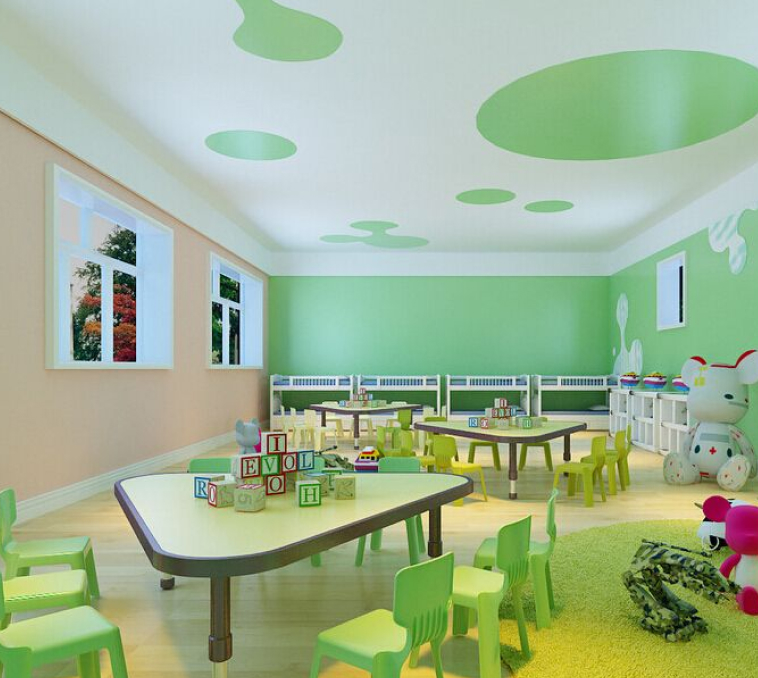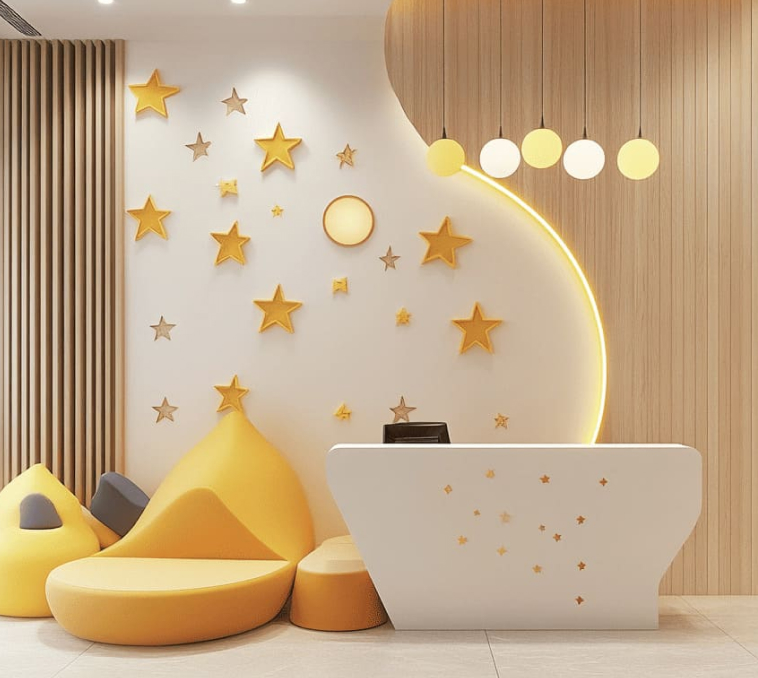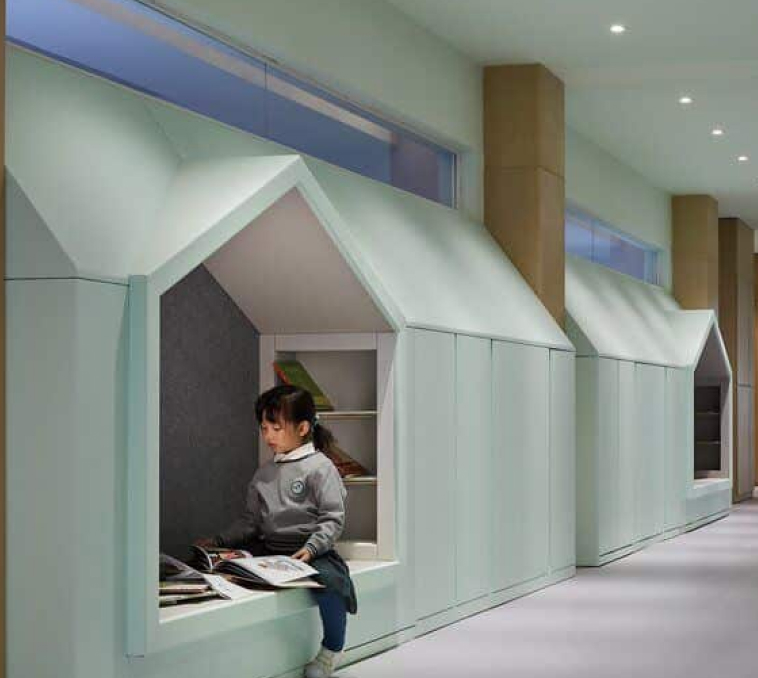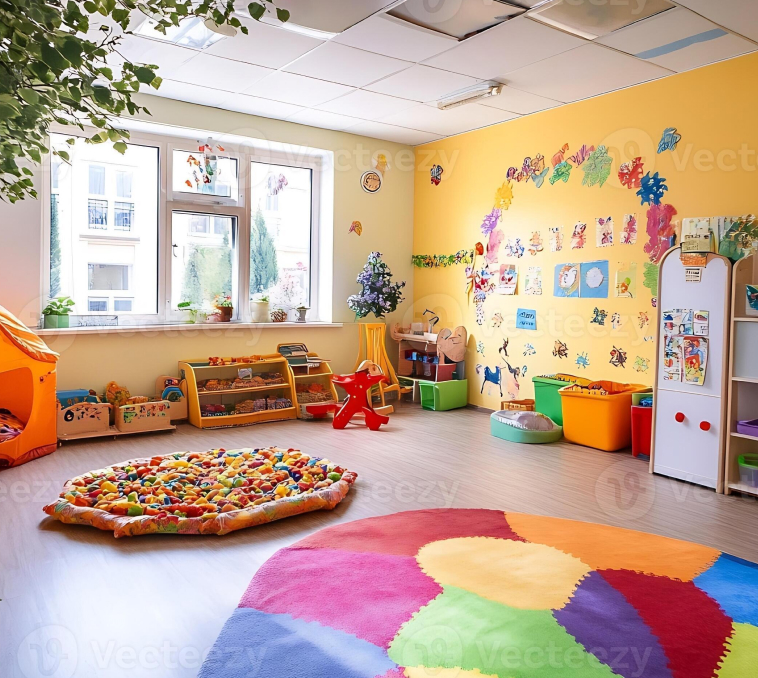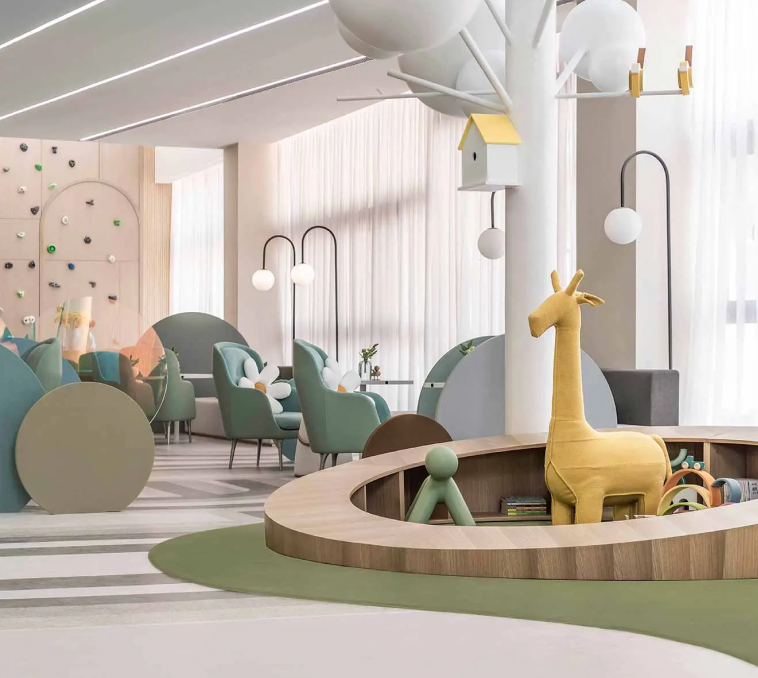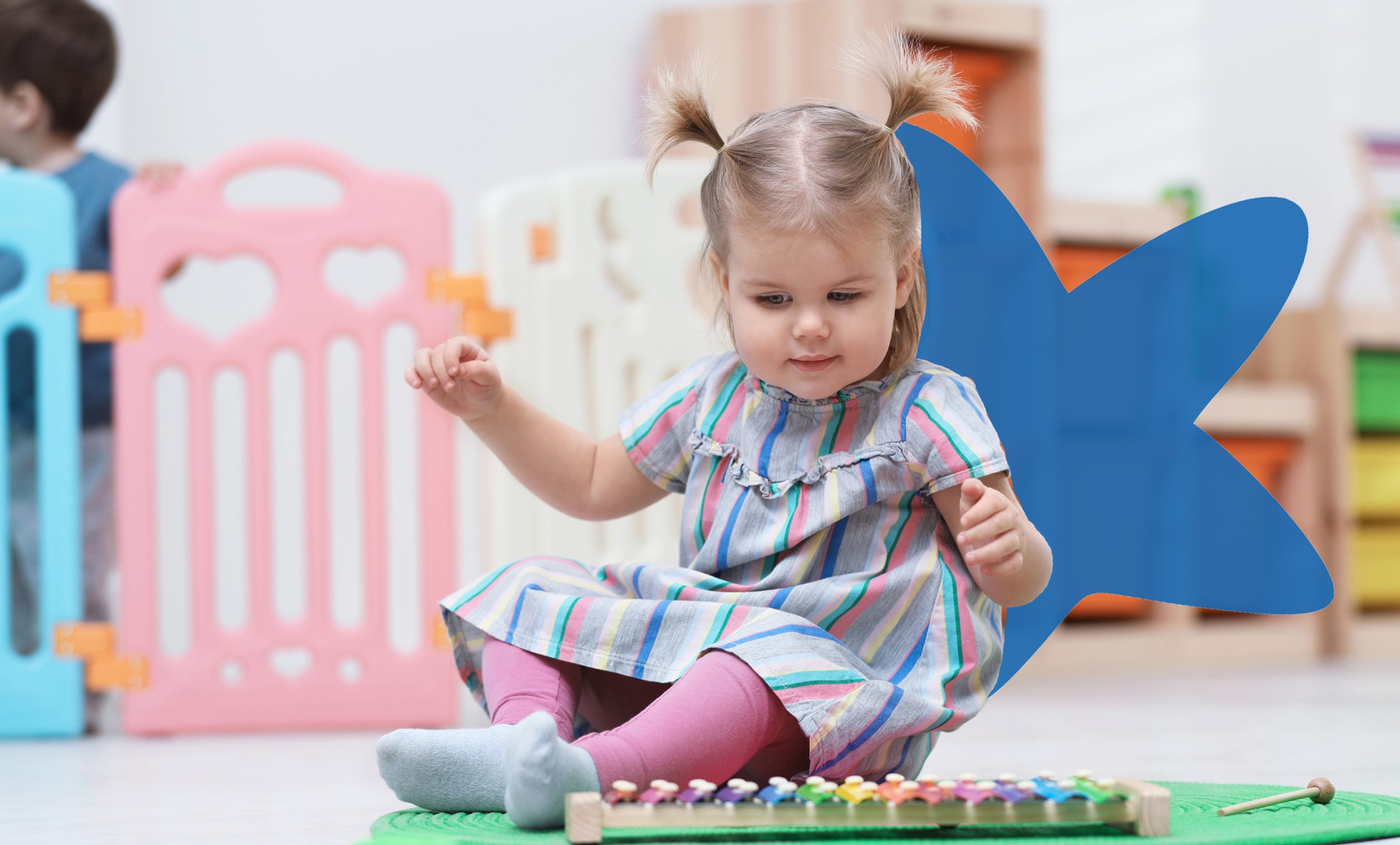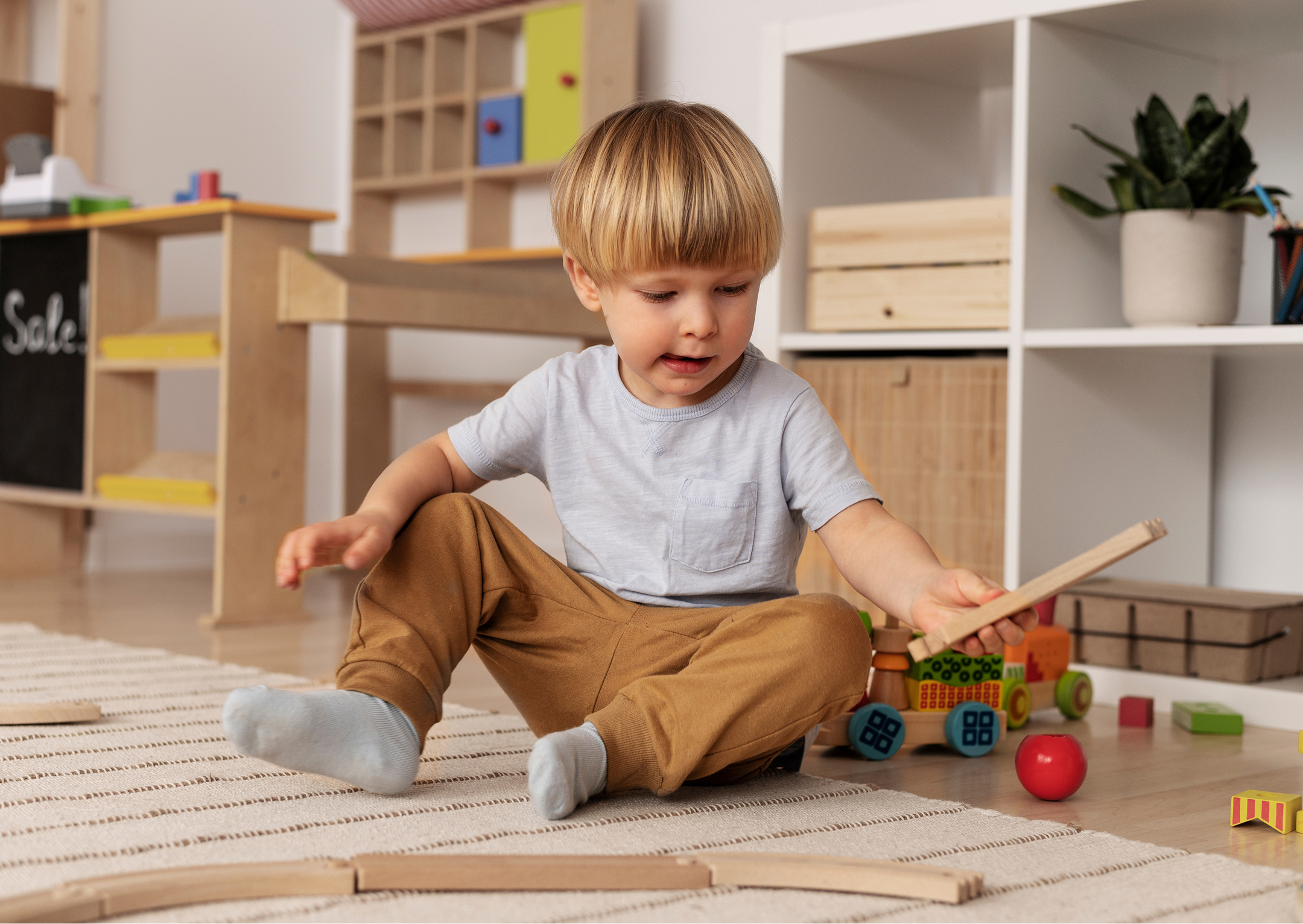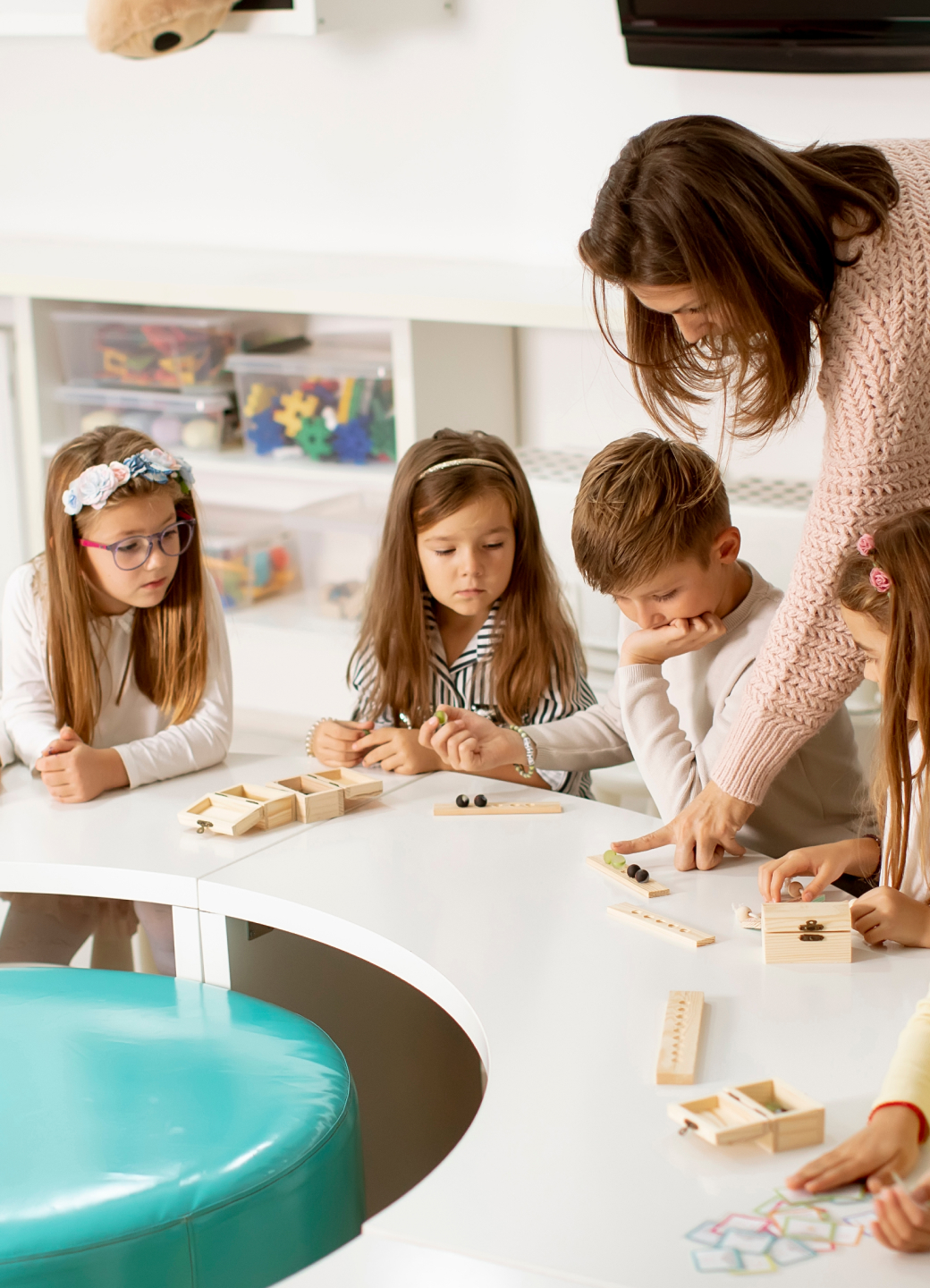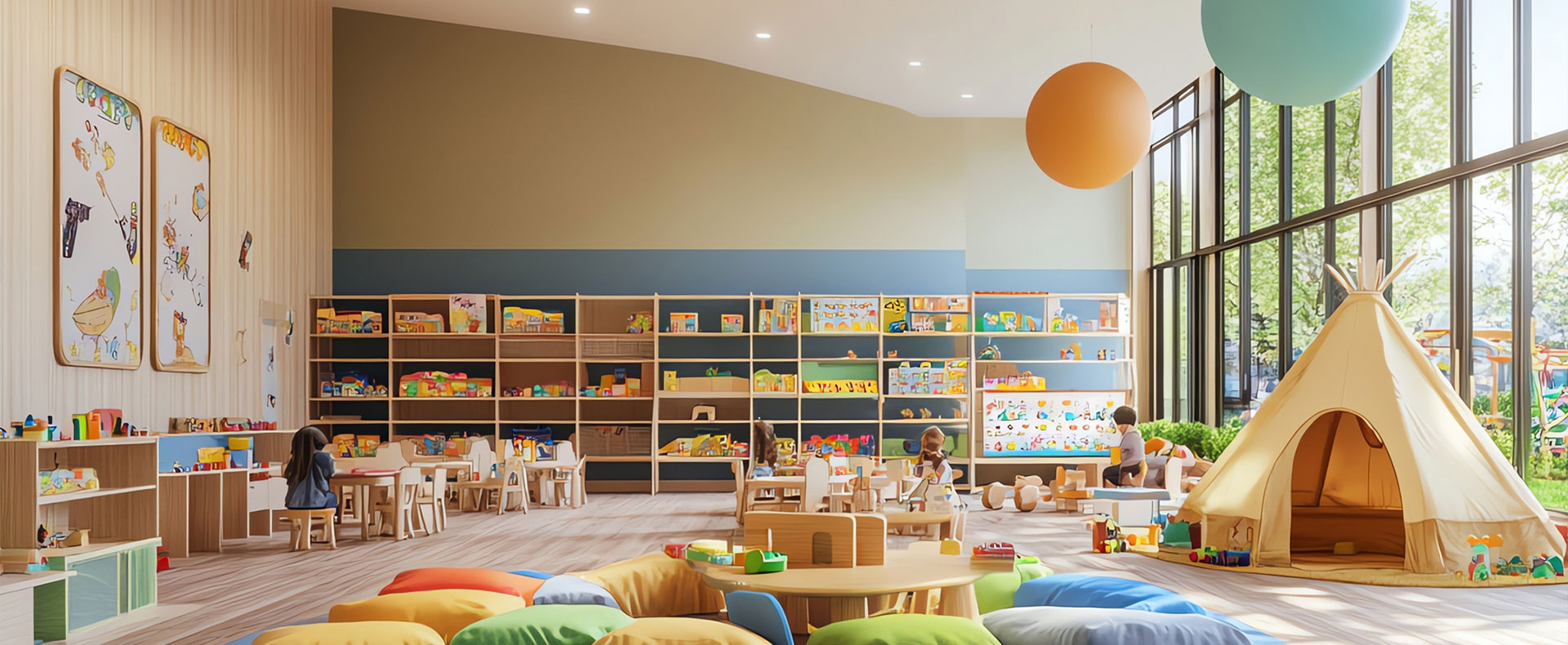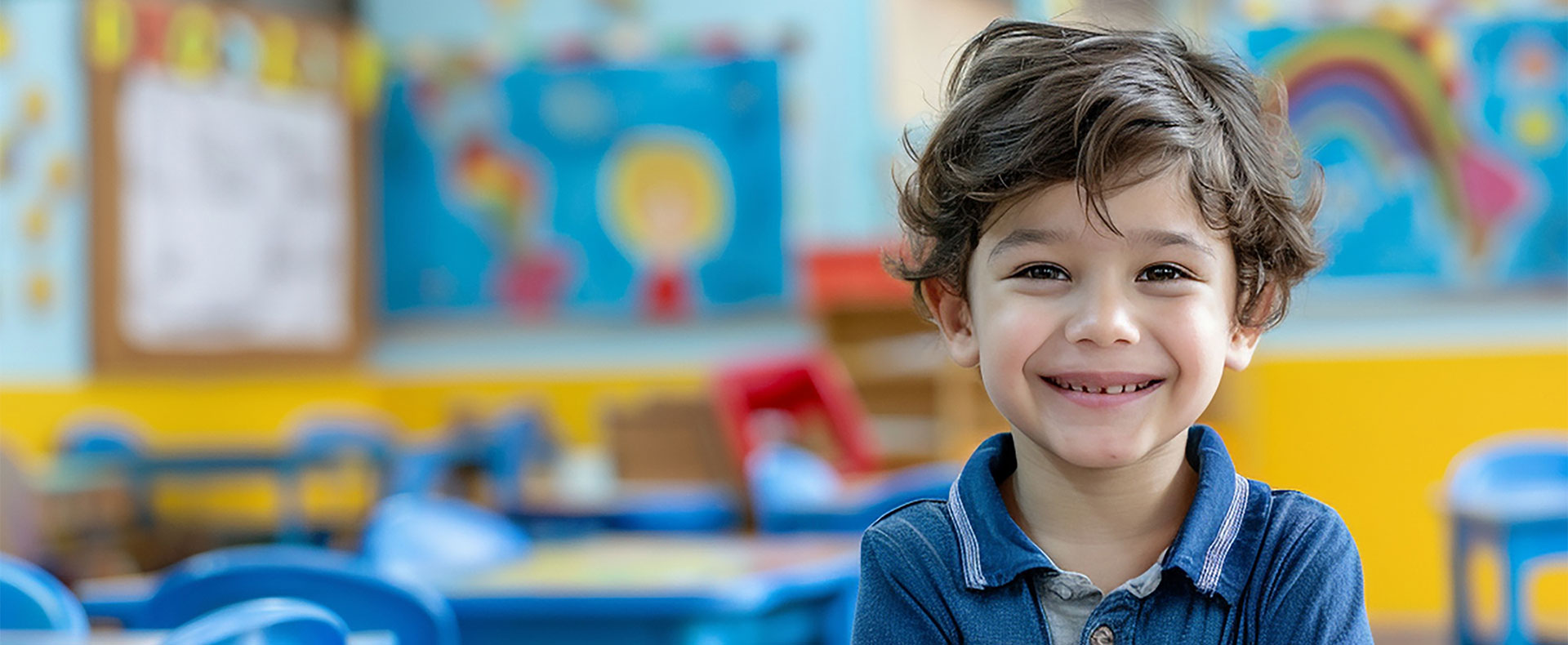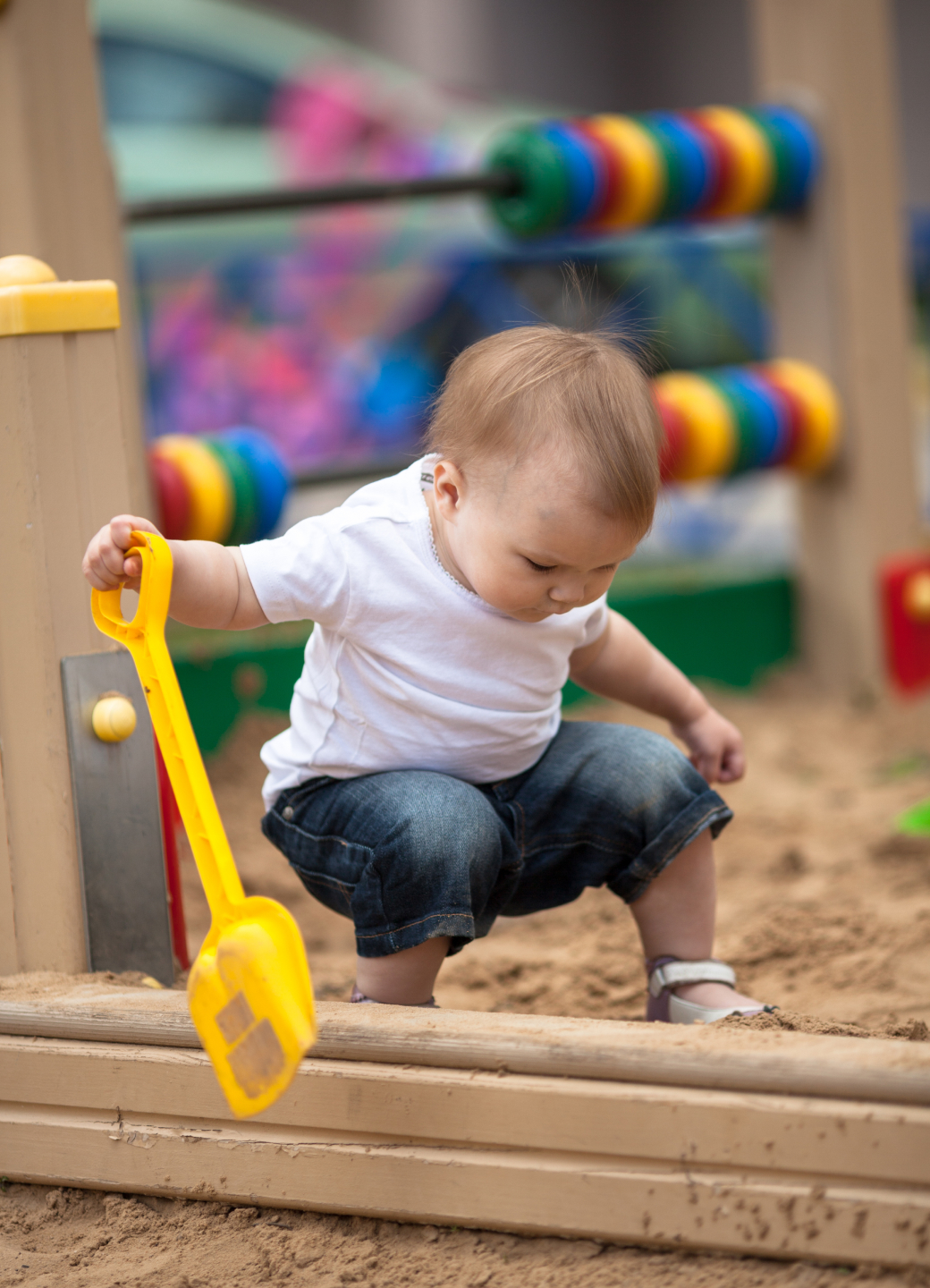
Play is an essential part of childhood, contributing significantly to a child’s overall development. However, not all play is created equal and finding the right balance between structured and unstructured play is crucial for optimal growth. Understanding the differences between these two types of play and their respective benefits can help parents, caregivers and educators provide a well-rounded play experience for children.
Structured Play: Structured play, also known as organised or guided play, involves activities that have specific goals, rules and instructions. These activities are often led by an adult or a coach and include things like organised sports, dance classes, music lessons and educational games. Structured play provides children with a clear framework and expectations, which can offer several developmental benefits:
- Skill Development: Structured play helps children develop specific skills, such as teamwork, discipline and perseverance. It allows them to learn and practice new skills in a controlled environment.
- Cognitive Growth: Activities like puzzles, board games and educational apps promote critical thinking, problem-solving and memory. Structured play can enhance cognitive abilities by challenging children to think and come up with strategies.
- Social Interaction: Organised group activities encourage social interaction and cooperation. Children learn to communicate, share, take turns and work as part of a team, which are essential social skills.
- Routine and Discipline: Structured play introduces children to the concepts of routine, rules and discipline. It teaches them to follow instructions, respect authority and understand the importance of commitment and responsibility.
Unstructured Play: Unstructured play, also known as free play, is more spontaneous and self-directed. It allows children to explore their interests and creativity without specific goals or adult intervention. Examples of unstructured play include imaginative games, outdoor exploration and playing with toys. Unstructured play offers a different set of benefits that are equally important for a child’s development:
- Creativity and Imagination: Unstructured play encourages children to use their imagination and creativity. They can invent their own games, create stories and explore new ideas without limitations.
- Problem-Solving and Independence: Free play allows children to make their own decisions, solve problems and learn from their experiences. This fosters independence and self-confidence.
- Emotional Expression: Unstructured play provides a safe outlet for children to express their emotions and explore their feelings. It can be therapeutic and help children develop emotional awareness and regulation.
- Physical Activity: Outdoor free play, such as running, climbing and playing with friends, promotes physical fitness and overall health. It allows children to expend energy and develop their motor skills in a natural way.
Finding the Right Balance: Both structured and unstructured play have unique benefits and finding the right balance between the two is essential for a child’s holistic development. Here are some tips to achieve this balance:
- Observe and Adapt: Pay attention to your child’s interests and needs. Some children may thrive in structured activities, while others may prefer more free play. Adapt the balance based on their preferences and developmental stage.
- Incorporate Variety: Offer a mix of structured and unstructured activities throughout the day. This ensures that children have opportunities to develop a wide range of skills and experiences.
- Set Boundaries: While unstructured play should be free and spontaneous, setting some boundaries can ensure safety and prevent excessive screen time. Encourage outdoor play and limit the use of electronic devices.
- Encourage Exploration: Allow children to explore new activities and interests. Expose them to different structured activities, such as sports, arts and music, while also providing ample time for free play.
- Be Flexible: Understand that the balance between structured and unstructured play may change over time. Be flexible and adjust the play schedule as your child grows and their interests evolve.
Both structured and unstructured play are vital for a child’s development. By finding the right balance between the two, parents, caregivers and educators can provide a rich and varied play experience that supports physical, cognitive, social and emotional growth. Embracing the benefits of both types of play can help children thrive and reach their full potential.

